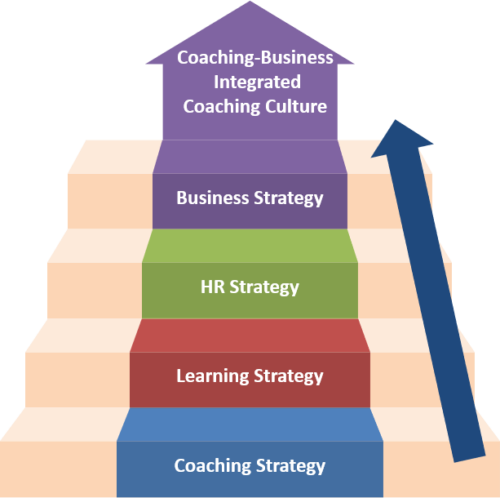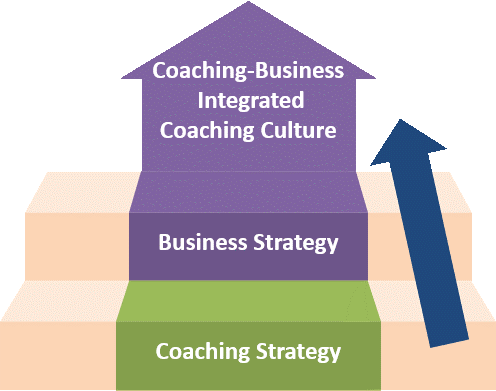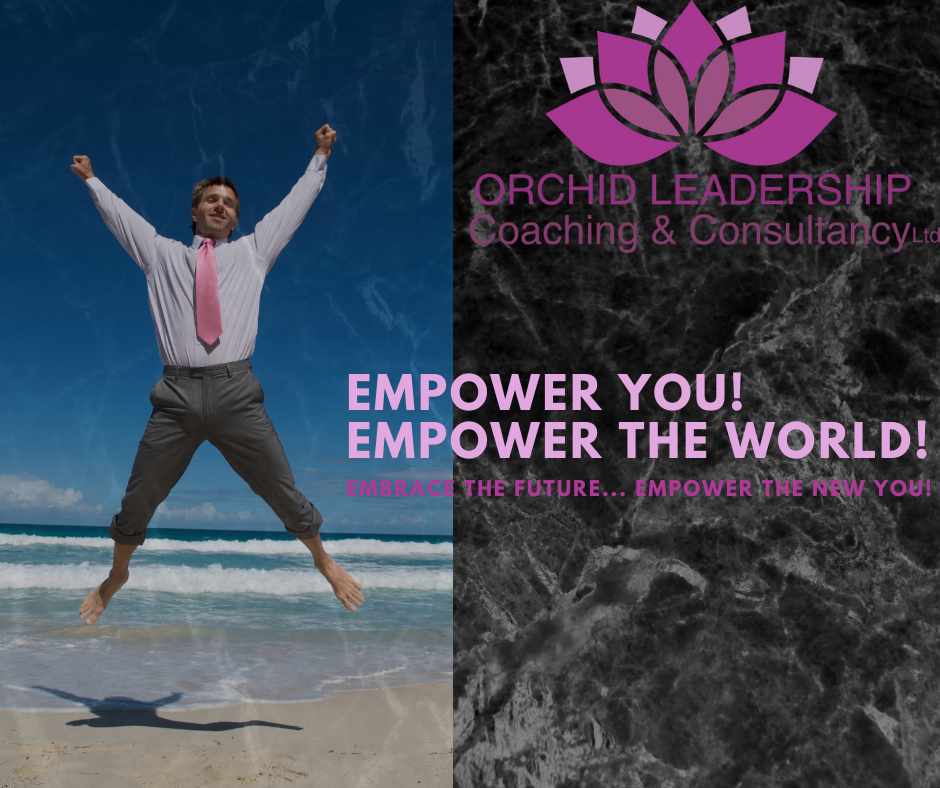Aligning the Coaching Culture with the Organization-wide Culture Change
3 August 2021
Aligning the Coaching Culture with the Organization-wide Culture Change
Many organizations have failed to integrate the organization’s mission together, such as business strategy, structure change plan, people, and talent strategy. A coaching strategy can’t work by itself without clear people and business linkages.
Coaching without adding value to a business won’t be successful. It has to be linked to the business and organization’s plan. Ask yourself the questions below:
- What sort of leadership culture do we need?
- To build a successful coaching culture, what sort of organizational culture do we need to have in place to support or to link to the coaching culture?
- How can we leverage coaching to maximize engagement, the learning and development of employees, performance management, motivation, and innovation?
- How do we integrate our coaching strategy with our business strategy and talent strategy to ensure maximum synergy and effectiveness?
Many times, I have seen well-designed coaching plans that have no integration with the organization’s development strategies and no direct contribution to the organization’s vision, mission, and values. What would be the fastest and most effective way to make coaching widely practiced in an organization? The answer will always be for the coaching strategy to seamlessly integrate with the business strategy and moral compass of the organization. Without a clear linkage to the business and organizational development, the plan will struggle in being sustained and delivering the maximized benefit results.
Traditionally, coaching has been used by learning and HR practitioners for their learning and development programs, leadership competency frameworks, corporate values setup, and talent classification. It’s rarely used by business managers formally, although many managers are coach-managers who value coaching as part of their leadership trait. Therefore, it has to be led by the head who will lead the agenda of coaching, regardless of which division the head of coaching is from. He or she has to make coaching part of his or her responsibility as a people manager.

Chart 1: “Coaching-Business” Integration
Coaching Strategy – Learning Strategy – HR Strategy – Business Strategy
(Traditional Practice)
Chart 1 shows the many layers of strategy and the coaching strategy’s integration to the highest level, which means the coaching strategy is just a small part of the business strategy. It takes enormous time and effort to reach the coaching-business integrated or coaching culture level. Coaching has to be part of the learning plan first (budget could be shared and limited at this stage), then consolidated with the HR strategy and plan (focus could be diluted here). Then, the HR strategy could match with the business strategy (mismatch would probably happen in this stage).
Having said that, the plan in Chart 1 could still bring a certain number of coaching results to certain employees in the organization, such as a manager who has benefited from the “leader as coach” program deciding to be an empowering manager. An employee could benefit from her manager, who is a coach manager. The biggest concern is the sustainability of coaching activities and coaching culture. The coach manager could give up his coaching traits if not supported by his
direct supervisor.

Chart 2: Coaching Strategy – Business Strategy
Chart 2 The coaching strategy is fully integrated into the business strategy
(e.g., a coaching task force made up of different units and the coaching head is not from HR or L&D). In this scenario, coaching is embedded in a change of management, millennial leadership, engagement, leadership development, performance improvement, and skill development.
This hardly happens nowadays in business practices and structures, but it will probably become one of the more common practices in the coming future. By having the coaching strategy integrated into the business strategy in the first place, the organization strategy will be propelled to the next level in a shorter time compared to the strategy in Chart 1. In the scenario in Chart 2, the entire organization will use coaching in their day-to-day business practice. Everyone discusses issues openly, embracing openness as one of their core values as well as empowering people to make certain decisions, challenging people’s ideas with a dignified approach, asking massive questions to spark creativity and innovation, putting people development as the first priority, and many more. It means all these are driven by business, not HR nor talent management, and certainly not by the learning and development team.
“Coaching becomes the way we do business with all our stakeholders.”
As a HR/Learning Practitioner or coaches, how will you / help your client align the culture change with organization wide goals and purpose?







